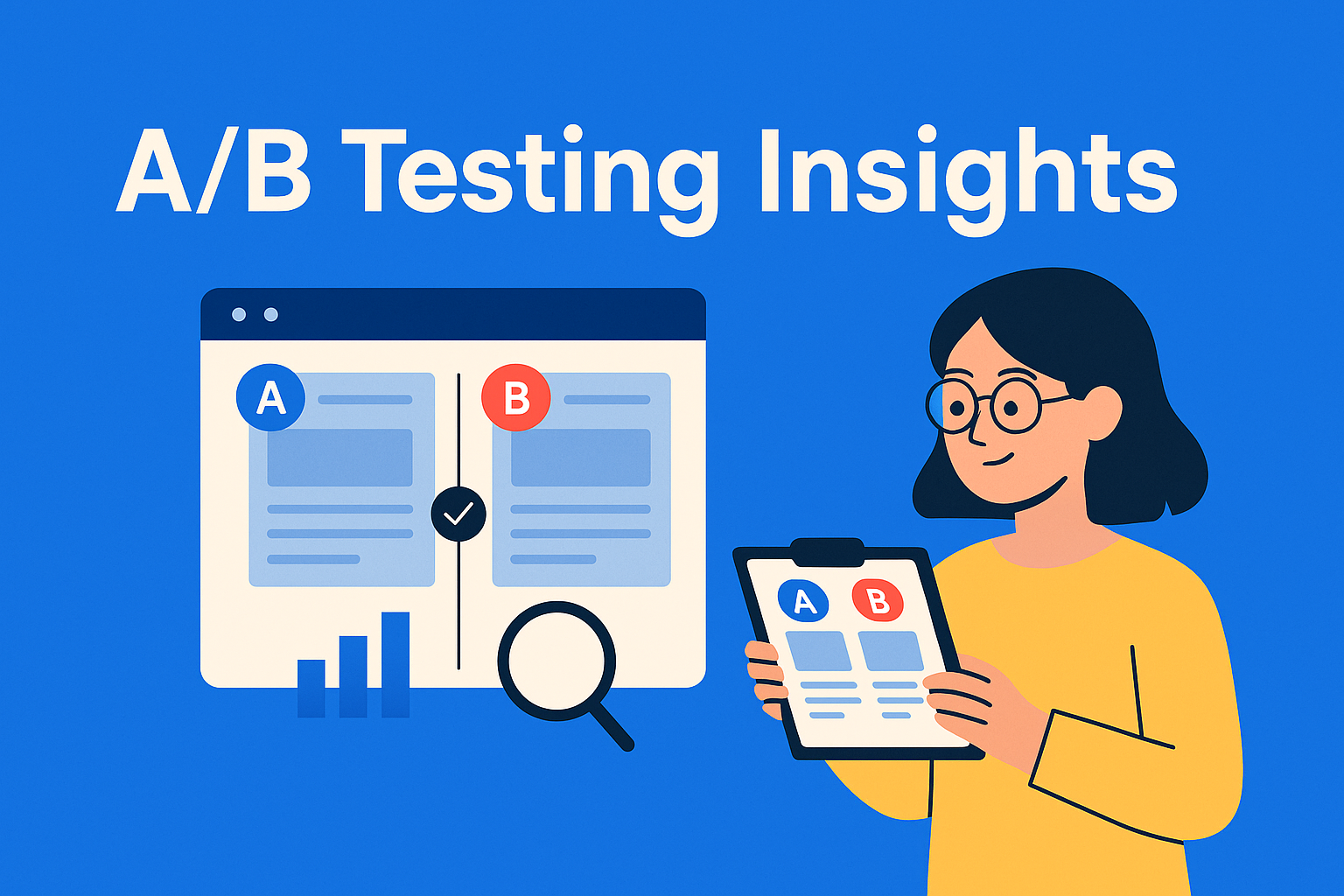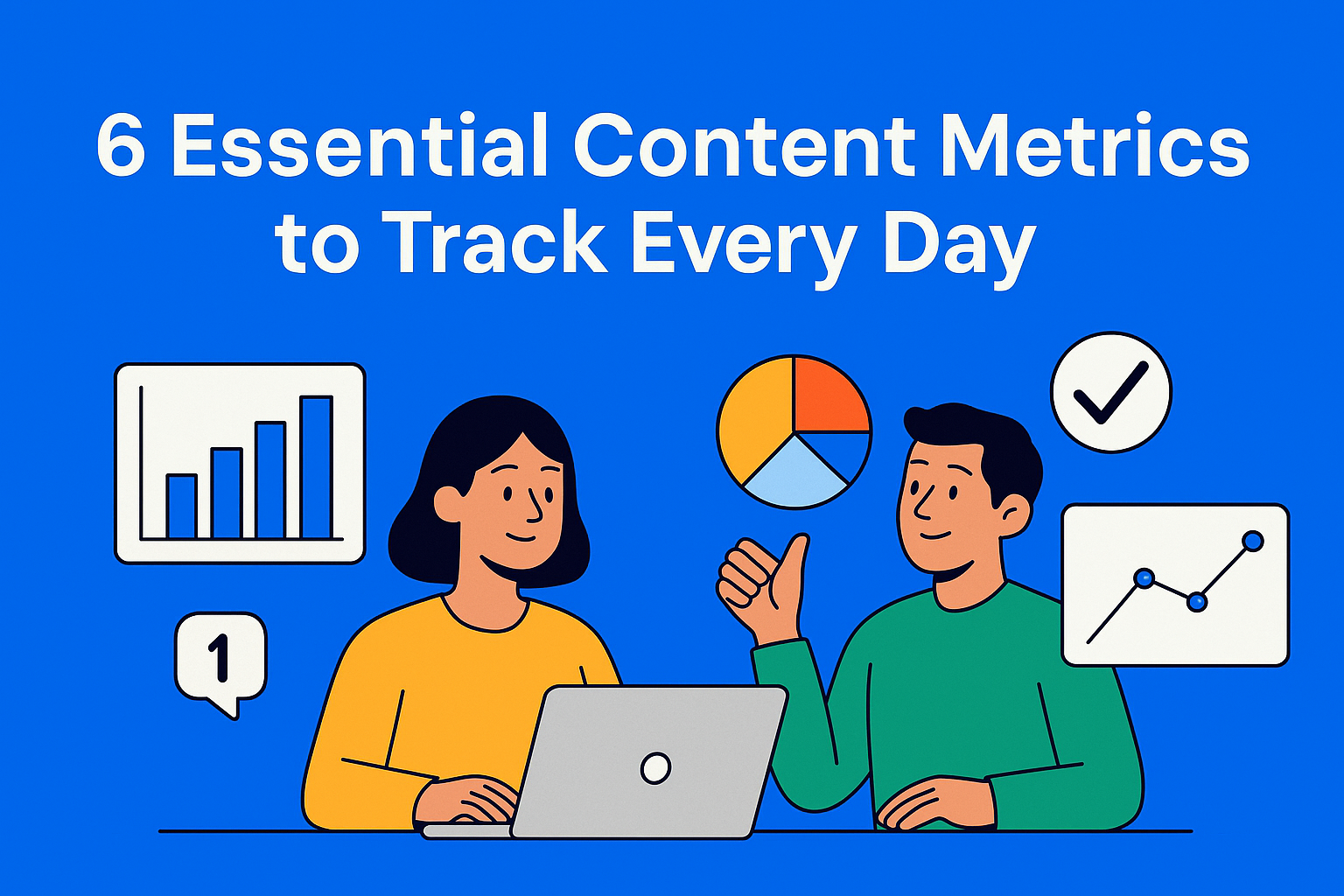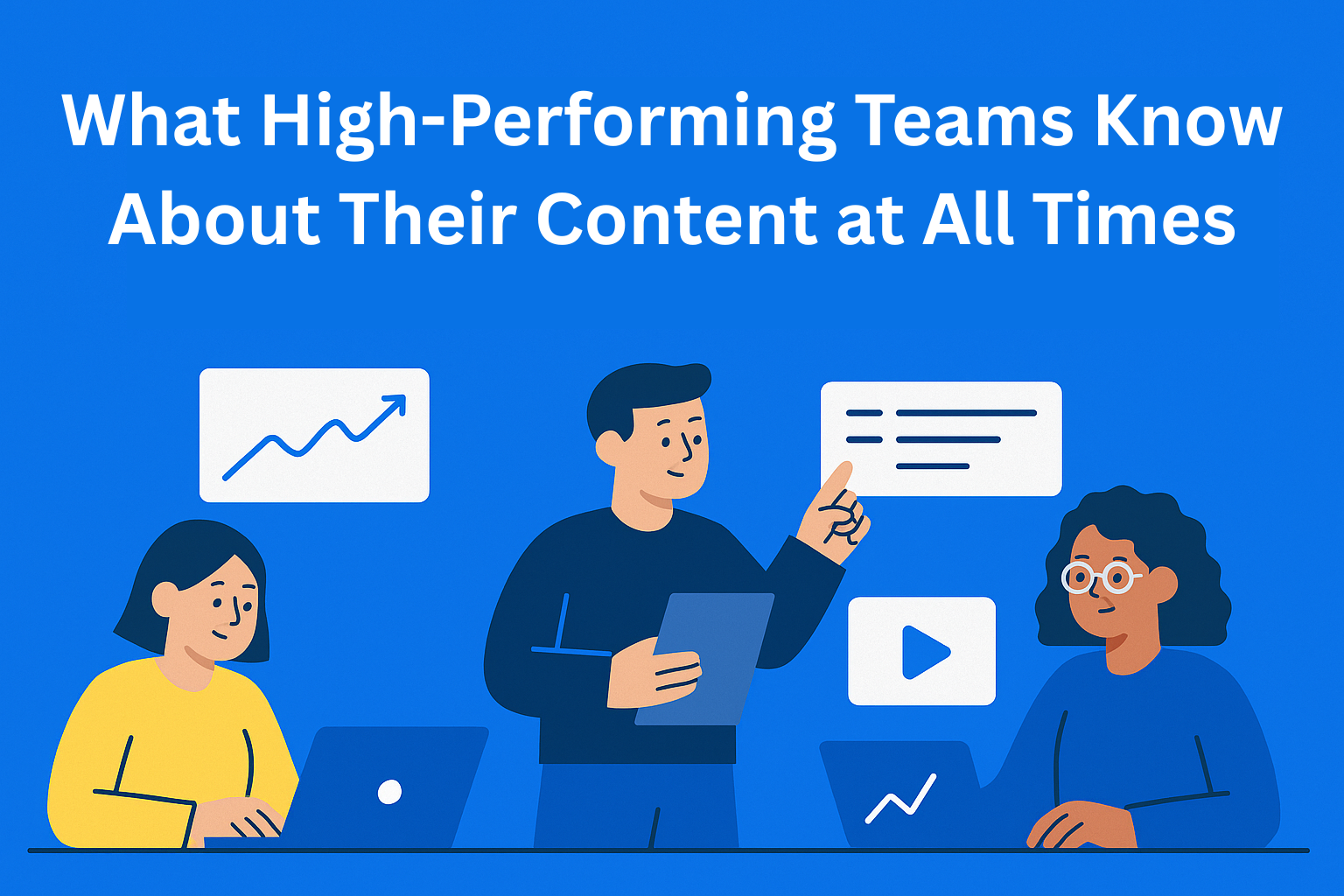When to Use SEO Titles and When to Go Social: A/B Testing Insights
Learn when to use SEO titles and when to go social. Discover how A/B testing helps boost clicks by tailoring headlines to each platform. One blog post, multiple titles, maximize your reach with the right strategy.

Creating a great blog post is only half the battle. The other half? Getting people to actually click on it. That journey often begins with your title. And depending on where you’re publishing or promoting that content, the type of title you choose can make or break your reach.
This is where the SEO vs Social Media title debate comes into play. If you're writing for search engines, your title needs to include the exact phrases people are typing into Google. If you're writing for social platforms like LinkedIn, you need a title that catches the eye, sparks curiosity, or dares someone not to click. They rarely look the same.
Key Takeaways
- SEO titles are built for visibility on search engines-keyword-focused, direct, and optimized for long-term traffic.
- Social media titles are crafted for engagement-curious, emotional, and scroll-stopping on platforms like LinkedIn or X.
- A/B testing lets you experiment with both formats, helping you discover what works best for each platform and audience.
- One post, many lives: Use SEO for the blog and social-friendly titles in promotional assets without changing your metadata.
- Don’t forget the content: Even with a catchy title, your blog still needs to follow SEO best practices and deliver value.
SEO Titles vs Social Media Titles: What’s the Difference?
An SEO title is practical. It’s designed to help your content show up in search engine results. These titles usually contain keywords or phrases people search for, and they tend to be straightforward, informative, and sometimes a little dry.
Examples of SEO-friendly titles:
- Best Tips for Managing Content Schedules
- What Are Content Operations?
- What is Content Personalization and How to Do It Right in 2025
A Social Media title, on the other hand, is emotional and engaging. It’s crafted for real humans scrolling through a feed, and it needs to stand out instantly. It might ask a question, hint at a surprising fact, or promise something unexpected.
Examples of social-friendly titles:
- Forget delays - top tricks for a flawless content plan!
- The Secret Sauce Behind Consistent Content: Content Operations Explained
- One-Size-Fits-None: How to Master Content Personalization in 2025
These titles might not perform well in a Google search. But on LinkedIn or Twitter? They can get people to stop scrolling.
Why Strategy Matters
It all comes down to context. If your main distribution channel is organic search, go with an SEO title. If you’re aiming for engagement on social media, let your creativity shine.
But here’s where it gets interesting: it doesn’t have to be either/or.
With a good content strategy (and the right tools), you can write one blog post and test multiple titles depending on where it’s shared. That’s where A/B testing comes in.
Using A/B Testing to Your Advantage
When it comes to titles, A/B testing allows you to:
- See which version of a title drives more clicks
- Understand what tone or phrasing resonates with your audience
- Adjust your approach based on the platform
With EasyContent, you can plan and manage multiple versions of a title under the same content project. So you might write your blog using an SEO-friendly title, but also create a social media headline for LinkedIn or Twitter promotion.
Each version can be tracked separately (or together), allowing your team to align on what’s working where. And if you’re publishing frequently, you can start to build a data-driven understanding of what kinds of titles succeed with different audiences.
Don’t Neglect the Blog Content Itself
A big mistake teams make is assuming that if the title isn’t SEO-focused, the entire blog should abandon SEO too. That’s not true.
Even if you're leading with a flashy, curiosity-piquing headline on social, your blog body should still:
- Use relevant keywords in subheadings and text
- Include internal links to related content
- Follow good on-page SEO practices (meta tags, image alt text, structured layout)
That way, if someone shares your post or it gets picked up later, it still has a chance to perform in search results. The title is just the hook - the blog still needs the substance.
When to Use Each Type of Title (And When to Combine Them)
Use an SEO title when:
- Your content is evergreen and likely to bring long-term search traffic
- You're targeting a specific keyword or topic cluster
- You want to appear in Google snippets or answer boxes
Use a social media title when:
- You're promoting the content in a newsletter, on LinkedIn, or on other platforms
- Your audience responds better to emotional or intriguing headlines
- You want to maximize shareability or engagement
Combine them when:
- You have multiple publishing channels and want to maximize reach
- You want to experiment with tone and voice
- You’re not sure which one will perform better (that’s what A/B testing is for!)
Here’s a tip: write the blog with an SEO-focused title, but create separate social assets with the more playful headline. Platforms like LinkedIn and Twitter let you write your own post copy, so you can grab attention without affecting your blog's metadata.
You can also use EasyContent to organize both versions in one place, so nothing gets lost between marketing and content teams.
Tips for Finding the Right Balance
- Start with your goal: Is this post meant to rank long-term or drive short-term buzz?
- Don’t be afraid to take risks: for social platforms, a title that wouldn’t make sense to Google could explode on LinkedIn.
- Keep experimenting: Even if a title sounds great in theory, only data will tell you how it performs.
- Plan in batches: When drafting content in EasyContent, you can include multiple title ideas and assign versions based on their destination. That way, SEO and social versions can evolve in parallel.
- Learn from the best: Pay attention to blogs you follow. What headlines got you to click? Were they SEO or social-first?
Final Thoughts: One Blog, Many Lives
A single blog post doesn’t have to live or die by one title. In fact, it shouldn’t.
We live in a multi-channel world. Relying on just Google or just LinkedIn won’t cut it. If you want your content to do its job, you need to meet your audience where they are - and that means adapting your title strategy.
Think of your blog like a movie. The SEO title is the official poster you see in the cinema. The social media title? That’s the trailer on YouTube that makes you say, “Wait, what is this?”
They both sell the same story, just in different ways.
So go ahead. Split your titles. Test the wild one. Stick to the keyword when it counts. Use the tools that help you manage it all. And if you're using EasyContent, you've already got everything in place to make that process smoother.
Your audience is everywhere. Make sure your titles are too.






